Athanasios Moustakis
We shall try here to point out the main features of the Orthodox icon which is entitled “The Descent into Hell”. The first thing to note is that it is entirely different from the Western-style depiction, which shows Christ emerging triumphantly from the tomb, holding a little flag. The astonished guards have fallen to the ground.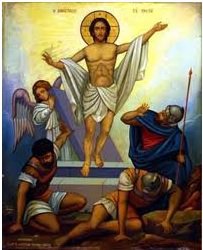
The Western-style icon presents a scene that no-one ever saw. The moment of the Resurrection is a concealed secret. The Orthodox approach is entirely different. It depicts the results of the event of the Resurrection for people and for the world.
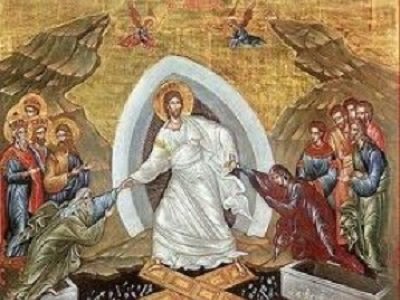
Christ, in the centre, is wearing shining white garments and is within a mandorla. He is holding the hands of Adam and Eve and raising them from death, into which they were brought by their erroneous choice in Paradise. With this action, which is dynamic (we might almost say explosive) our attention immediately focuses on the central meaning of the scene: “and raising Adam up with Himself”, the Salvation of humankind. It is significant that both are emerging from tombs.
Christ is standing firmly on two pieces of wood lying in such a way as to form a cross. These are the gates of Hell, which Christ demolished through the grace of His cross. With death, they closed, but were not powerful enough to hold Him in thrall. All around, there are broken and now useless bits of locks and chains which, until then had sealed off any escape route from Hell. Below all this there this the blackness of Hell, which, until the Resurrection was the end of the road for humankind.
To the left and right of Christ stand people who had lived on earth before Him. All turn to Him in expectation of their salvation. Among them there is, first, Saint John the Baptist, and also the prophets and the righteous of the Old Testament, such as the Prophet King David.
At the rear of the composition there are hills, which, in some depictions feature representations of prophets (e.g. David and Jonas), who had foretold the mighty event of the Resurrection. They are holding scrolls with their prophecies written upon them.
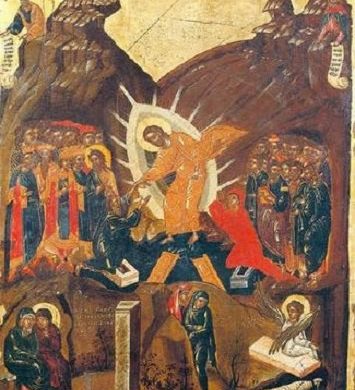
In conclusion, we would mention the white raiment worn by Christ, which symbolizes the joy of the Resurrection and prefigures our own Resurrection, which will follow.
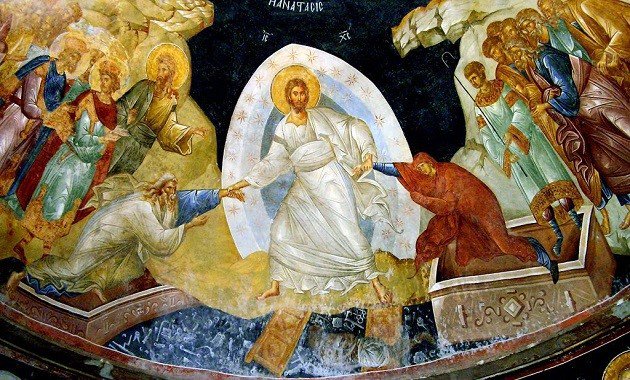
Source: pemptousia.com

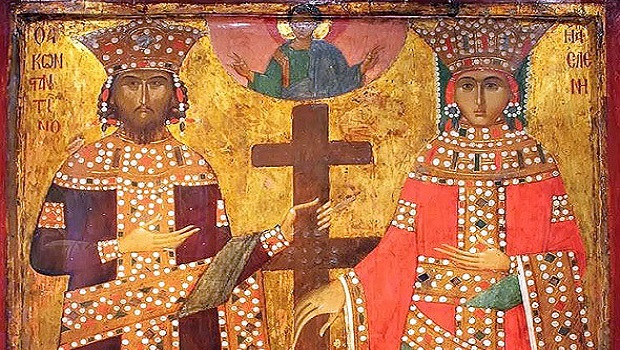
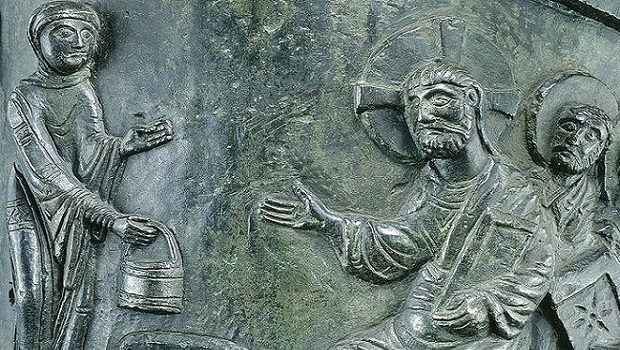
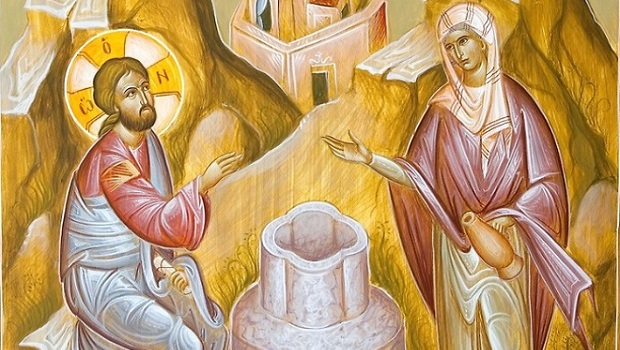
0 Comments